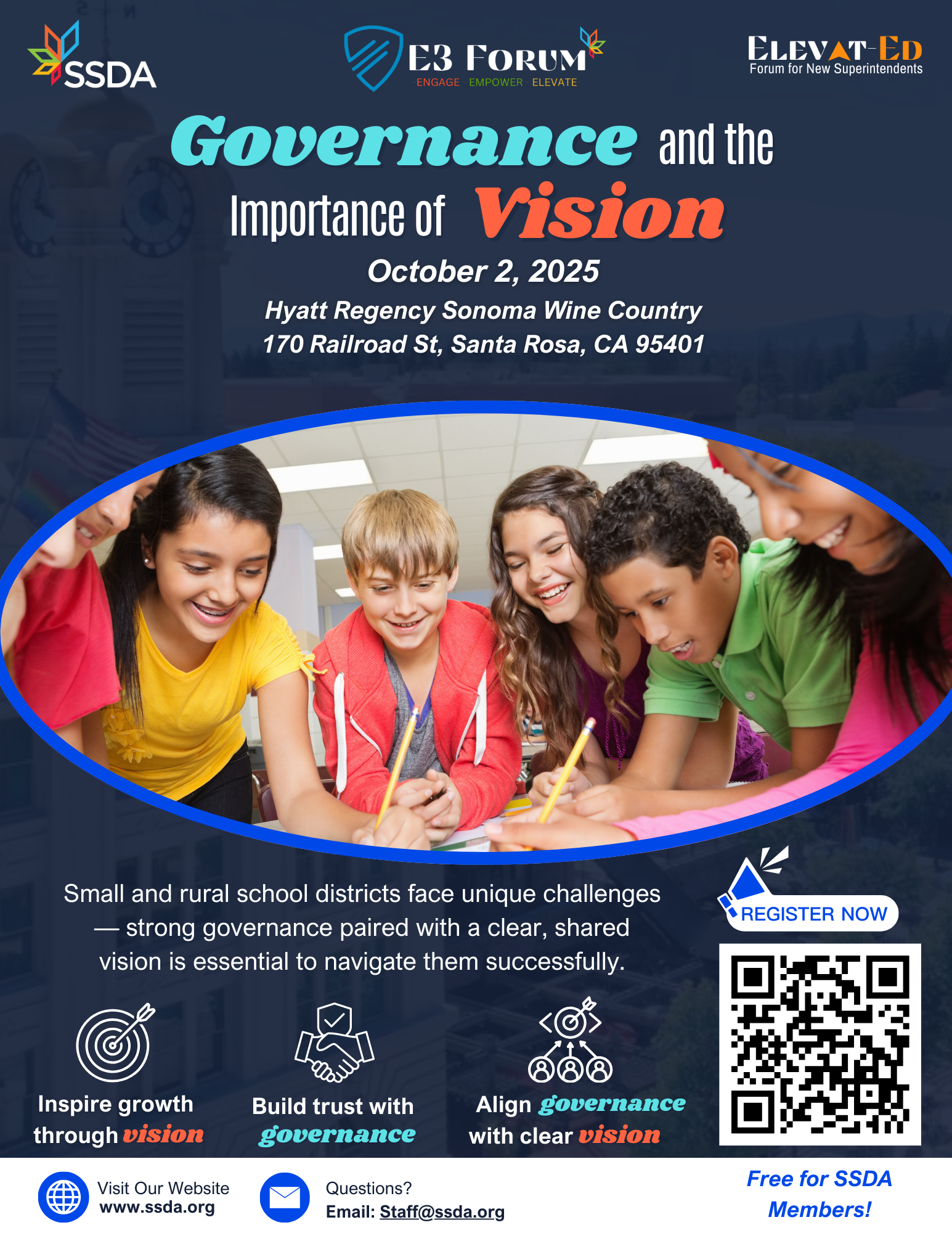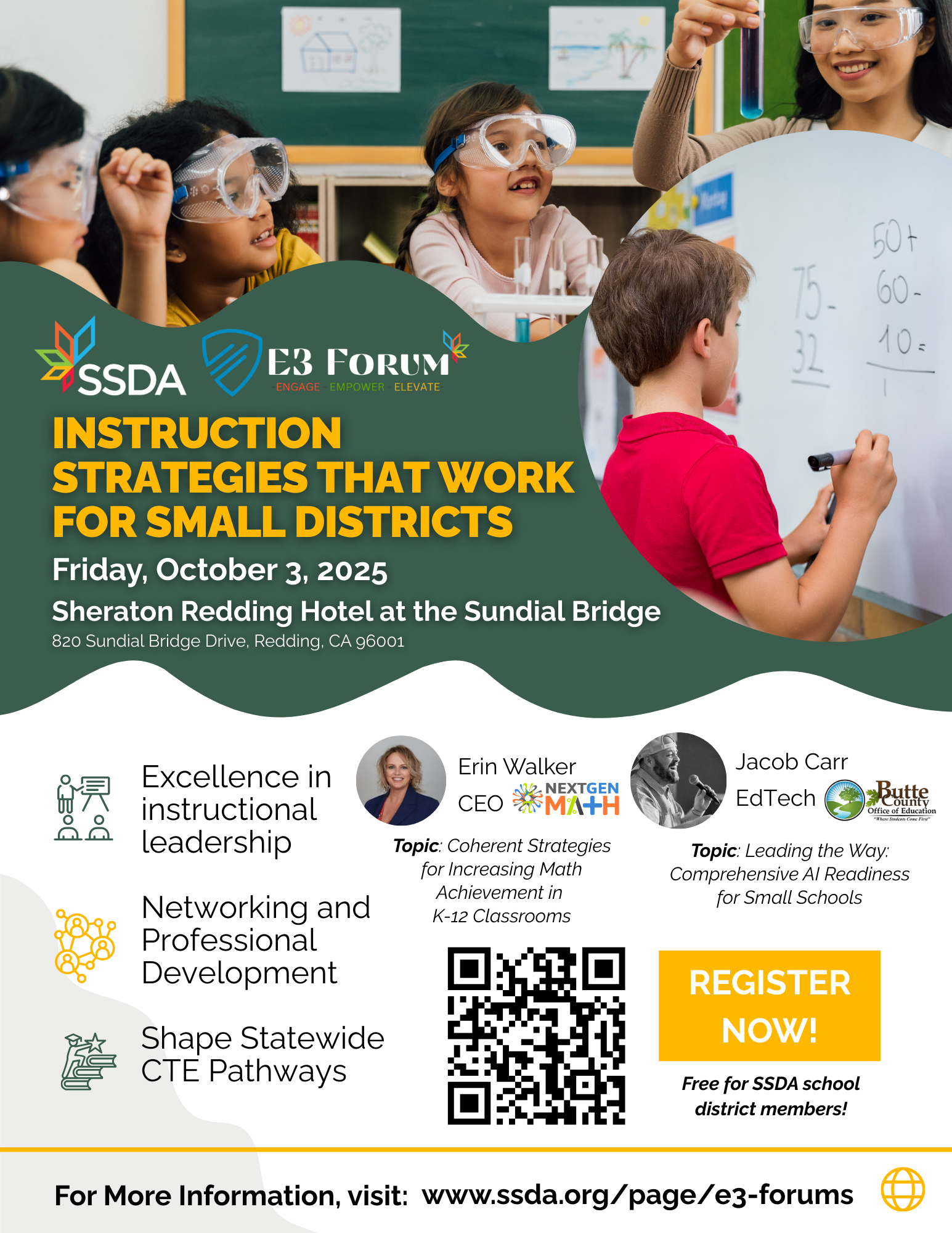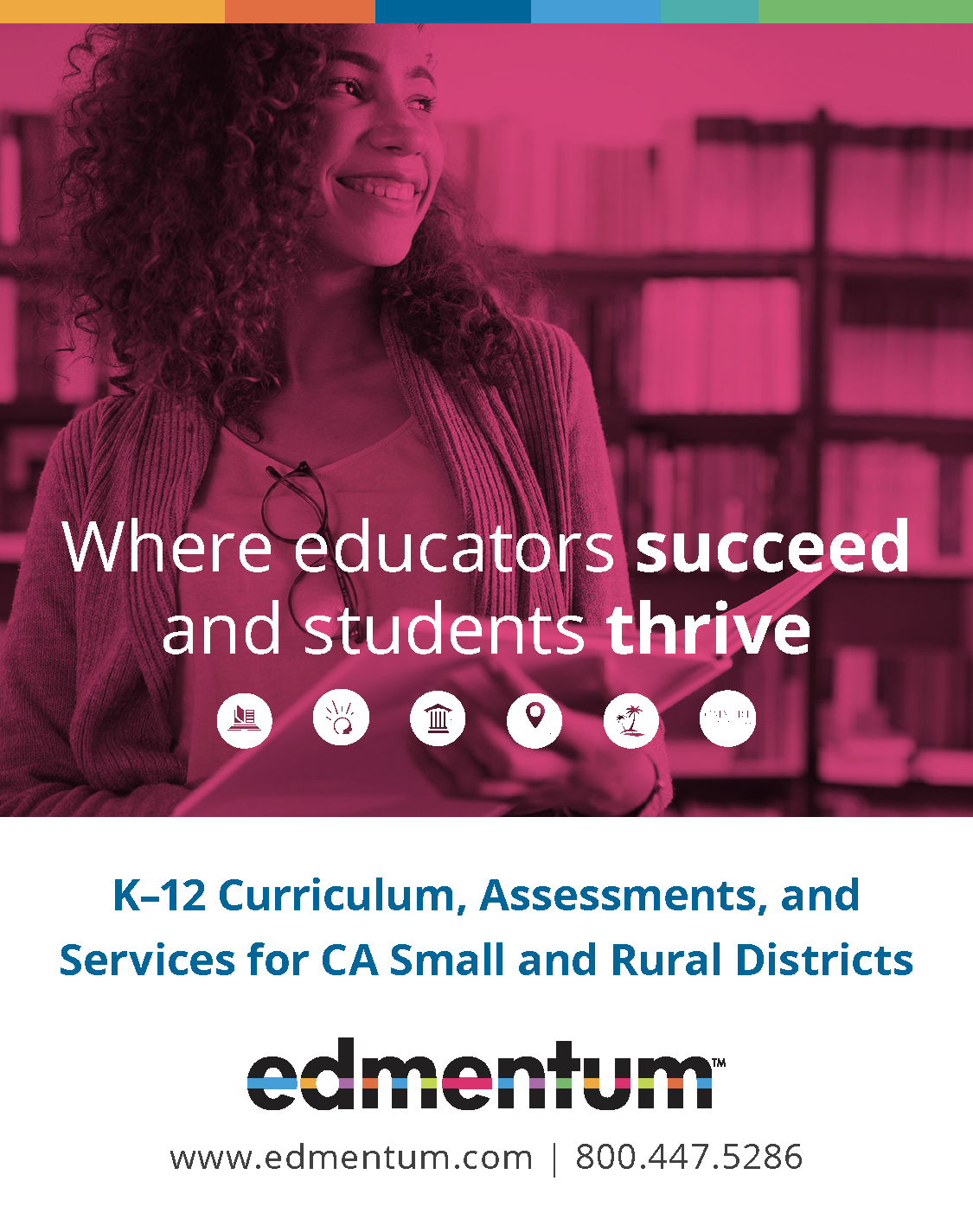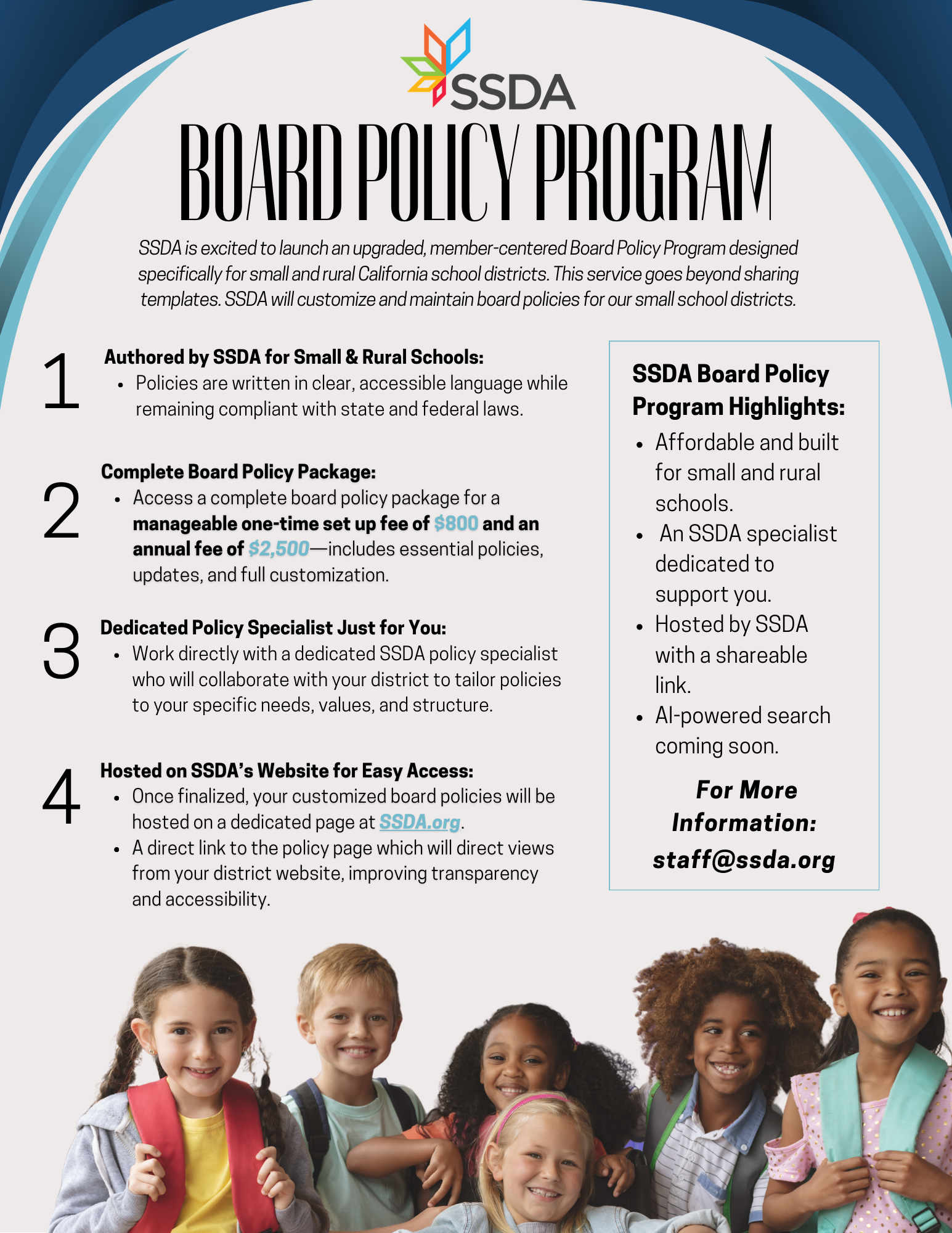Welcome to the September 2025 Newsletter! You can read the updates below or experience them in a new way by tuning in to the SSDA Soundwave Podcast. In this first episode, SSDA Executive Director Yuri Calderon and Senior Communications Specialist Gwen Bell highlight key stories from the September newsletter, including updates from SSDA, member spotlights, and more. Hear directly from SSDA staff and engage with the newsletter like never before. Listen now and stay connected!

SSDA Newsletter

Message from the SSDA President
As the past few weeks have shown, the start of a school year is always filled with energy, challenges, and opportunities. I am grateful for the commitment of our members and the difference you are making in your communities. At the same time, we are reminded that when tragedies and divisions test our communities, life is fragile, leadership matters, and we must hold fast to what truly counts — our people, our students, and our values.
That is why Engage, Empower, Elevate has never been more meaningful.
To Engage means we don’t sit on the sidelines. We step forward in Sacramento, in Washington, and in our communities to ensure small schools are never overlooked — and we do this with dignity and civility.
To Empower means we give one another the tools, the confidence, and the courage to lead boldly — even when resources are thin.
To Elevate means we lift up small schools. We tell our stories, we spotlight our success, and we remind the state that excellence isn’t about size — it’s about heart.
Leadership Rooted in Kindness
At the end of the day, education is not just about academics — it’s about raising good humans. We must teach our students how to live with kindness, empathy, and respect. We must also show them that disagreement is natural, but it should never make us disagreeable. Meaningful debate, grounded in civility, is a skill our students need now more than ever. That’s why I’m so proud that my district participated in its second year of A Touch of Understanding (ATOU) training this September. ATOU’s mission — Building empathy and igniting respect — reminds us that diversity is strength, and that students must learn to accept and respect one another, especially those with disabilities. Watching our students engage in this program reminded me that kindness is not a soft skill; it’s a leadership skill. And if we are not helping to create kind little darlings, then we are missing our greatest calling.
Tools That Make a Lasting Difference
I also want to highlight two SSDA programs that are truly making a difference for members:
The Board Policy Program, which my own district will be moving forward with this program after a presentation with Yuri Calderon. I was struck by how simple, practical, and aligned it is with our mission and vision. This is more than compliance — it’s about freeing leaders to focus on kids. It even has an AI Bot for questions!!!
The Proposition 2 Facility Master Plan Support, in partnership with Edapt, which provides a cost-effective, OPSC-compliant 5-year plan to help districts maximize Prop 2 funding opportunities. This program is top-notch and designed specifically for small and rural districts. Please don’t hesitate to reach out for testimonials if you’re considering it.
Legislative Reflections & Priorities
As we close the 2025 legislative year, I want to take a moment to reflect on SSDA’s hard work during one of the most contentious sessions in recent memory. Despite the turbulence, we secured important wins while keeping our long-term priorities front and center.
Several of our supported bills made it to the Governor’s desk, and two have already been signed into law:
AB 503 – Restores Civic Center Act cost recovery for facilities
AB 927 – County Superintendent Williams inspection reforms (signed into law)
AB 642 – Expands catastrophic leave programs to recent fire emergencies (signed into law)
AB 1348 – Protects ADA in immigration enforcement emergencies
AB 1224 – Extends substitute teaching days from 30 to 60
AB 1306 – Authorizes district-run teacher prep programs for English learners
AB 1438 – Provides Paradise USD with admin/teacher ratio relief
SB 374 – Extends reporting streamlining measures for IDEA
SB 389 – Allows LVNs to provide basic respiratory services in schools
The Governor has through October 12 to sign or veto bills. Looking ahead, unfinished priorities remain:
Programs and flexibilities to address the growing staff and teacher shortage
Addressing inequities in funding for small and rural school districts, including inequities in Universal Transitional Kindergarten funding
Reducing the bureaucratic planning and reporting obligations required of small and rural school districts to free up administrators to focus on student achievement and student success
As we prepare for 2026, one of our organizational goals will be to establish a clearer process for collecting feedback from every region and every member — charter and non-charter alike. That feedback will strengthen our Government Relations work and ensure our advocacy reflects the voice of all members.
Growing Together
On September 11–12, I joined our Fiscal and Business Operations Leaders Forum in South Lake Tahoe. These forums are designed for small district teams, offering timely, impactful presentations and a chance to network with peers. Each forum is different, but each provides practical tools and meaningful connections. They’re free for SSDA members and only $100 for non-members. If one is coming to your area, I encourage you to attend. I want to thank all of our members for your commitment and participation, and all of our partners for making events like these possible. Your support ensures that SSDA continues to deliver direct, in-person services to small school leaders across California.
Looking Forward
As Peter Drucker once said: “Management is doing things right; leadership is doing the right things.” In small schools, we are called to do both — often before lunch.
As leaders, our responsibility is not to let politics divide us, but to model how to lead with dignity, courage, and respect. The young people in our schools are watching. They are learning from us. If we lead with kindness and conviction, they will not only succeed — they will thrive. Just always remember… Every day, Every child, Whatever it takes!
Here’s to a year of learning, leadership, and kindness — and to raising a generation of students who are not only capable, but compassionate.
Nicole Newman, Ed.D.
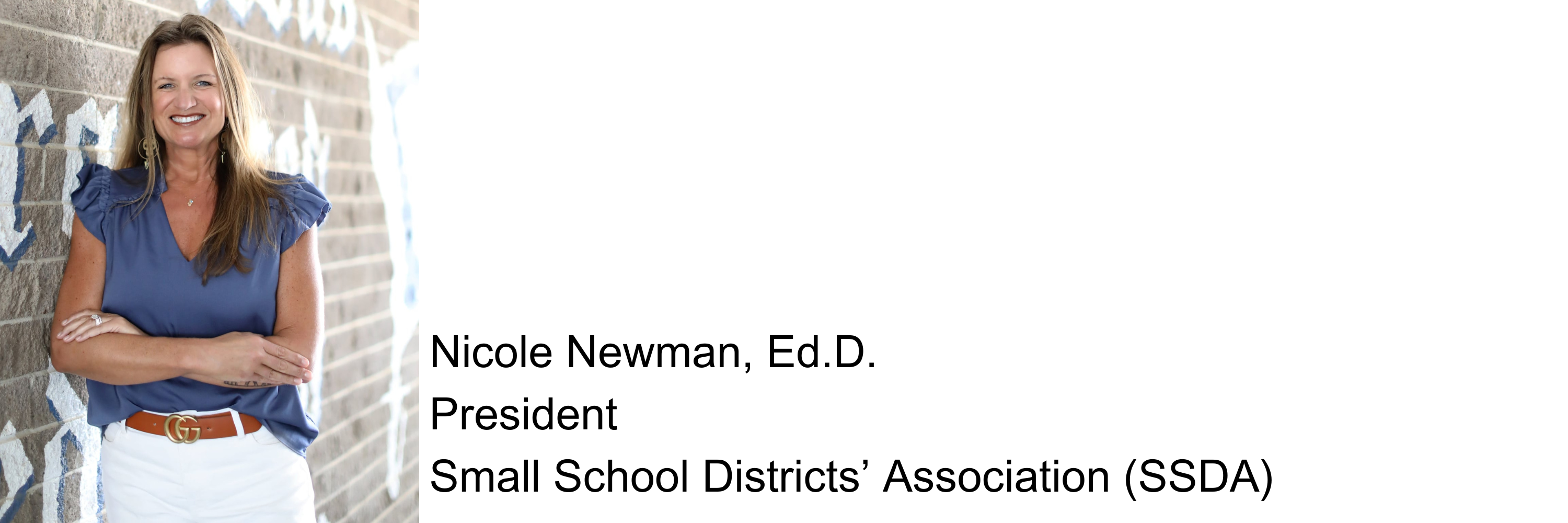
When Good Intentions Threaten Opportunities: How SB 88 Burdens Rural Students—and How to Fix It
When California passed SB 88, the goal was safety and parity: to make sure any compensated adult transporting students—whether employed by a district or a third party—meets clear standards. That intent is honorable. But in rural California, where districts struggle to hire bus drivers and lack the resources of larger systems, SB 88’s new requirements are creating serious challenges. The result is a growing concern that students in our smallest communities will face barriers to participating in the very experiences that keep them engaged in school—field trips, athletics, FFA, music, and academic events.
What Changed on July 1, 2025
SB 88’s new driver and vehicle standards became operative statewide. Districts must now ensure that compensated drivers using cars and vans meet extensive requirements: fingerprint/background checks, drug and alcohol testing, recurring medical exams (with shorter intervals after age 65), DMV pull-notice enrollment, TB risk assessments, pre-trip inspections, log sheets, first-aid training, and a 19-point inspection of any vehicle used for pupil transportation.
For large districts with more resources and access to commercial vendors, these requirements may be manageable. For small, rural districts with limited staff and no ready pool of drivers, they amount to a heavy administrative and financial lift that threatens to limit student access to enrichment opportunities.
CDE’s Misinterpretation of the Statute
The challenge has been made worse by the California Department of Education’s (CDE) published FAQ, which misinterpreted the statute. The guidance suggests that the 40-hour exemption cap applies broadly, including to field trips, extracurricular activities, and athletic programs.
This is not what the law says, nor what the Legislature intended. SB 88 was drafted so that “field trips, extracurricular activities, and athletic programs” are fully exempt from the 40-hour limitation. The 40-hour cap applies only to “other activities”, a separate and narrow category. By incorrectly extending the cap to all activities, CDE’s interpretation has created unnecessary confusion and administrative barriers for small and rural schools already struggling to comply.
Why Rural Communities Are Most at Risk
In rural areas, there is often no bench of qualified bus drivers or contractors to step in. Instead, the most realistic option is for a coach, teacher, or activity sponsor to drive a small group of students. Under CDE’s misreading of the law, these staff now face a compliance maze meant for professional transportation providers. While large urban districts may absorb this burden, small rural districts often cannot, putting student opportunities at risk.
What We’re Asking For
SSDA is calling for two immediate actions:
1. Administrative correction: CDE should revise its FAQ to align with the statute, clarifying that the 40-hour cap applies only to “other activities,” not to field trips, extracurriculars, or athletics.
2. Legislative fix: A rural-focused pathway that maintains safety but provides realistic options for small districts when no fully qualified bus driver is available.
Bottom Line
Well-intentioned laws should not sideline rural kids. SB 88 was never meant to block field trips, athletics, or extracurricular programs, yet CDE’s misinterpretation and the maze of new requirements are creating unnecessary obstacles. It’s time to clarify, correct, and fix the law so that student safety and student opportunity travel hand in hand.
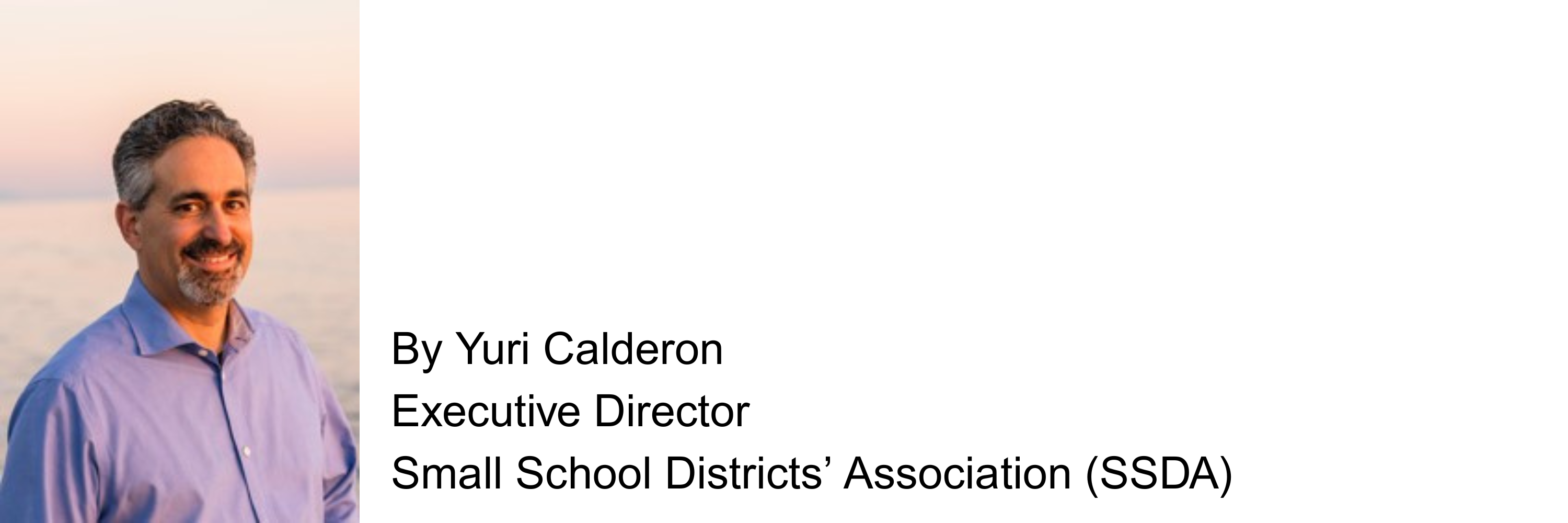
Engage, Empower, Elevate: SSDA’s First E3 Forum of 2025–26 Kicks Off in Tahoe
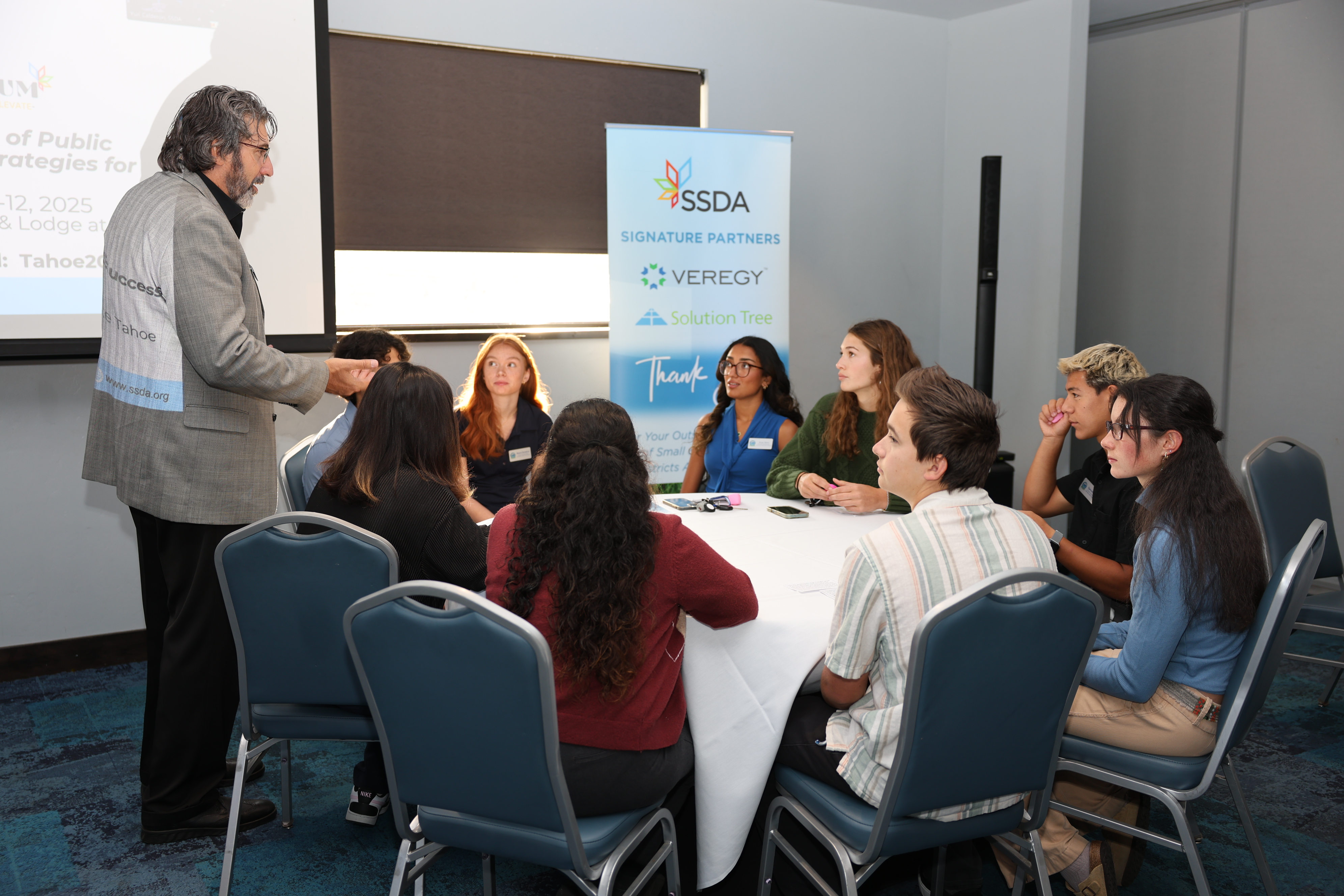
Students of Lake Tahoe Unified School District with their superintendent, Dr. Todd Cutler
The very first E3 Forum of the 2025–2026 school year kicked off September 11–12, 2025, in beautiful South Lake Tahoe. SSDA’s E3 Forums are designed to engage, empower, and elevate small and rural school district leaders, and this opening event set the bar high. With over 70 attendees, the forum brought together CBOs, fiscal staff, and district leaders, many of whom wear multiple hats in their districts. Against the backdrop of Lake Tahoe’s stunning views, participants were able to learn, connect, and recharge.
The conference opened with an energizing keynote by Brett W. McFadden, Managing Principal of District Advocates Group. His session, Driving School District Operations Through the Lens of Excellence, set the tone for the forum, blending inspiration with practical strategies for district leadership.

Registration is now open for all upcoming E3 (Engage-Empower-Elevate) Forums! These events are free for SSDA members and feature valuable professional development sessions on timely topics.
Santa Rosa | October 2, 2025 | Hyatt Regency Sonoma Wine Country
Register now for SSDA’s regional E3 Forum in Santa Rosa, California on October 2, 2025! This Forum will focus on Governance & The Importance of Vision in Small and Rural School Districts. Discover practical strategies and explore how strong governance and a clear vision can guide your district’s success.
Redding | October 3, 2025 | Sheraton Redding Hotel at the Sundial Bridge
Register today for SSDA’s E3 Forum in Redding, focused on Instruction and the unique reality of how staff in small and rural school districts wear many hats. Open to all staff, this Forum will provide practical strategies and tools to strengthen instruction while balancing multiple roles and responsibilities.
Just Ahead...
Bakersfield | November 13, 2025 | Register Here!
Join us in Bakersfield, where we’ll dive into Organizational Structure & Managing Human Resources—a topic vital for small and rural school districts where staff often wear many hats. This interactive forum will provide practical strategies, real-world examples, and collaborative discussions to help you strengthen your district’s HR practices, streamline your organizational structure, and better support your team.
San Diego | January 14, 2026 | Register Here!
Join us for the SSDA E3 Forum in San Diego on January 14th, where we’ll focus on The Superintendent as the Instructional Leader. This forum will highlight how superintendents can lead with an instructional lens, support effective teaching and learning, and build a culture of continuous improvement—even in small and rural districts with unique challenges. Connect with fellow leaders, exchange ideas, and take away practical strategies to elevate your role as an instructional leader and drive success for your students and staff.
Imperial | January 15, 2026 | Register Here!
Join us in Imperial, California, on January 15th, where we’ll focus on The Superintendent as the Instructional Leader. This session will explore how superintendents in small and rural districts can effectively shape instructional vision, support teachers and principals, and drive student achievement—often while balancing multiple roles. Gain practical insights, share challenges and successes with your peers, and leave with actionable strategies to strengthen your impact as an instructional leader in your district.
Sonora | May 7-8, 2026 | Register Here!
Join us for the SSDA E3 Forum in Sonora, CA, on May 7, 2026, as we tackle School Transformation in the Age of AI. This timely forum will explore how small and rural school districts can adapt, innovate, and thrive as artificial intelligence reshapes education. Learn how to leverage AI tools to support teaching and learning, streamline operations, and prepare students for a rapidly changing world. Connect with peers, hear success stories, and leave with actionable ideas to help your district embrace the opportunities—and navigate the challenges—of AI-driven transformation.
Click on the video above to listen to the first session of the 2025–2026 Governance Series with Dr. Paul Gothold and Randy Erickson! These insightful discussions are free for SSDA members, and with five sessions still to come, you won’t want to miss out. Up next: Steve Wright, Board Member of Eastern Sierra Unified School District, will share his perspective on Governance and the Importance of Vision.
2nd Annual Governance Series for Small and Rural School District Governing Board Members | Register Here!
Join us for the 2025-26 Governing Board Webinar Series, designed exclusively for small and rural school district board members. This six-session series offers practical guidance on governance, ethics, and board updates—helping you lead with confidence and stay informed on key district issues.
Highlights:
Learn from experienced superintendents, board members, and education leaders.
Attend all sessions to earn your official ethics compliance certificate.
Topics include student-centered governance, creating synergy between board presidents and superintendents, financial and budget updates, and more!
2026 Annual State Conference
March 7-10 | Sheraton Grand Hotel Sacramento | Register Here!
Register Now for the 2026 SSDA Annual State Conference!
Don’t miss your chance to connect, learn, and grow with small and rural school district leaders from across the state. Take advantage of the early bird rate through October 31st to save on registration—prices increase after that!
Learn more and secure your spot today: 2026 SSDA State Conference

Paradise Restored: A School District’s Journey of Resilience
When the Camp Fire tore through Paradise, California, in November 2018, it became the deadliest and most destructive wildfire in California’s history. In a matter of hours, it wiped out nearly 19,000 structures, including more than 12,000 homes, and displaced most of the town’s population.
For Paradise Unified School District (PUSD), the question was not whether they would rebuild, but how. Nearly seven years later, the answer has emerged in bricks, beams, and classrooms filled once again with the sounds of learning.
“This district could have dissolved. A lot of people thought it might,” said Superintendent Betsy Amis, reflecting on those first uncertain months after the fire. “But Paradise is a rural town built on strong relationships. Generational families live here. Even when everything was gone, people said, ‘We’re rebuilding. We’re staying.’ And the schools became central to that recovery.”
Amis’s own journey mirrors that of the district she now leads. “I actually started teaching here in 2022,” she said. “Fourth grade, then first grade at Pine Ridge. I became vice principal, then principal, and later stepped into curriculum leadership. After the fire, our superintendent retired, and the board chose me as an internal candidate. It mattered that I knew this community inside and out.”
Take a look at the new Paradise Elementary School construction and see what the campus will look like by next year!
Eastern Sierra Unified Brings the House System to Life
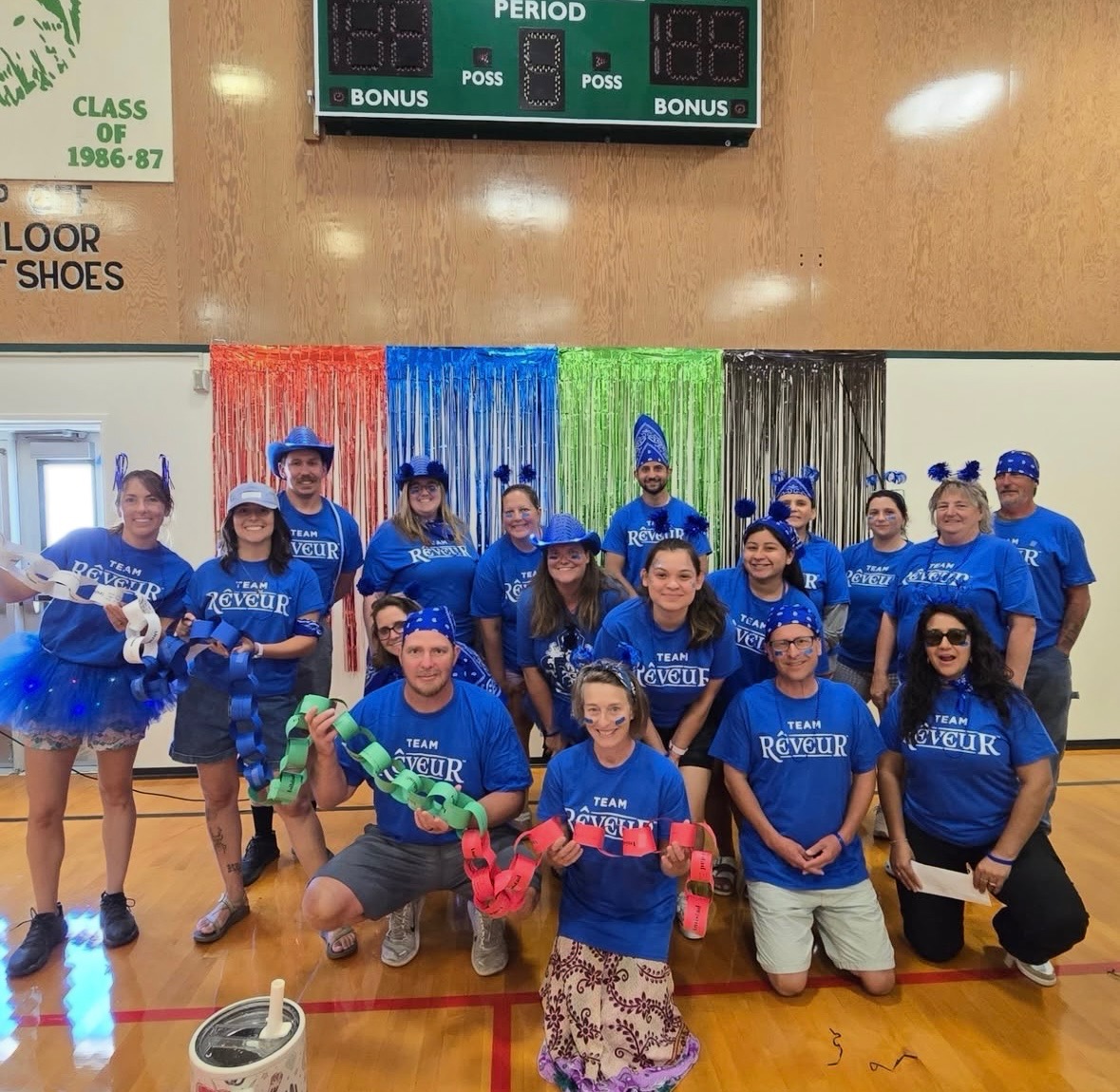
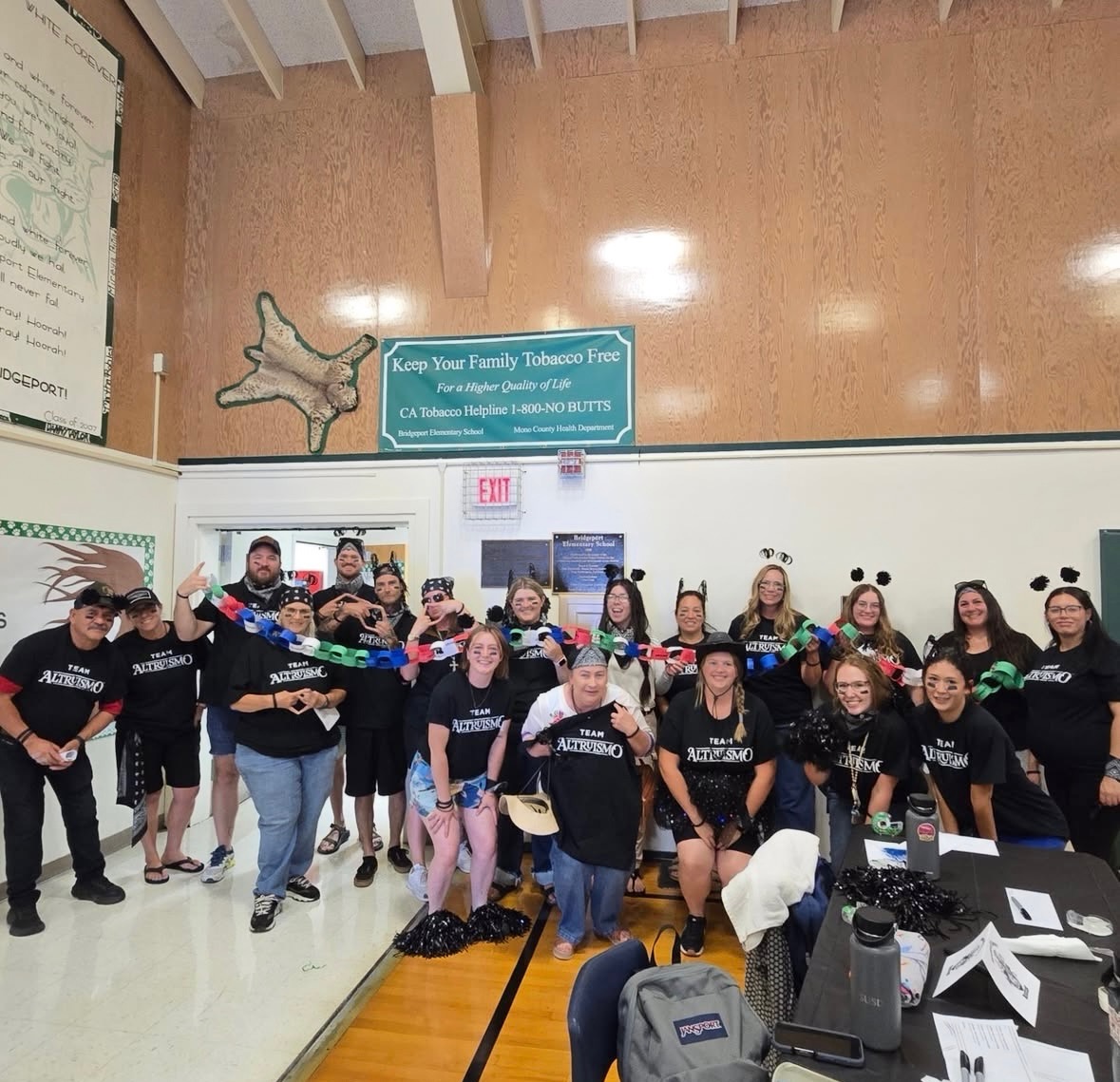
This school year, Eastern Sierra Unified School District in Mono County kicked things off with an exciting House Sorting for both staff and students.
If you’re not familiar, the House System was created by educator, author, and speaker Ron Clark, who presented at the 2024 SSDA State Conference. Superintendent Heidi Torix has brought this system to Eastern Sierra USD to strengthen community, character, and school culture.
At Eastern Sierra USD, every student and staff member is sorted into one of four Houses, each representing a unique core value. The Houses promote important traits such as friendship, bravery, giving, dreams, success, kindness, unity, and uplift.
Through friendly competition, students earn points for academics, behavior, and leadership. House events, chants, and celebrations bring energy and unity, while the system as a whole fosters belonging, pride, and family.
The impact goes beyond fun:
Encourages positive behavior
Builds confidence
Motivates students to support one another
Helps every student feel seen, valued, and empowered
By weaving these values into everyday school life, Eastern Sierra Unified is transforming its campuses into vibrant, inclusive, and purpose-driven communities. And with the launch of the House System, they have started the school year on a great note.
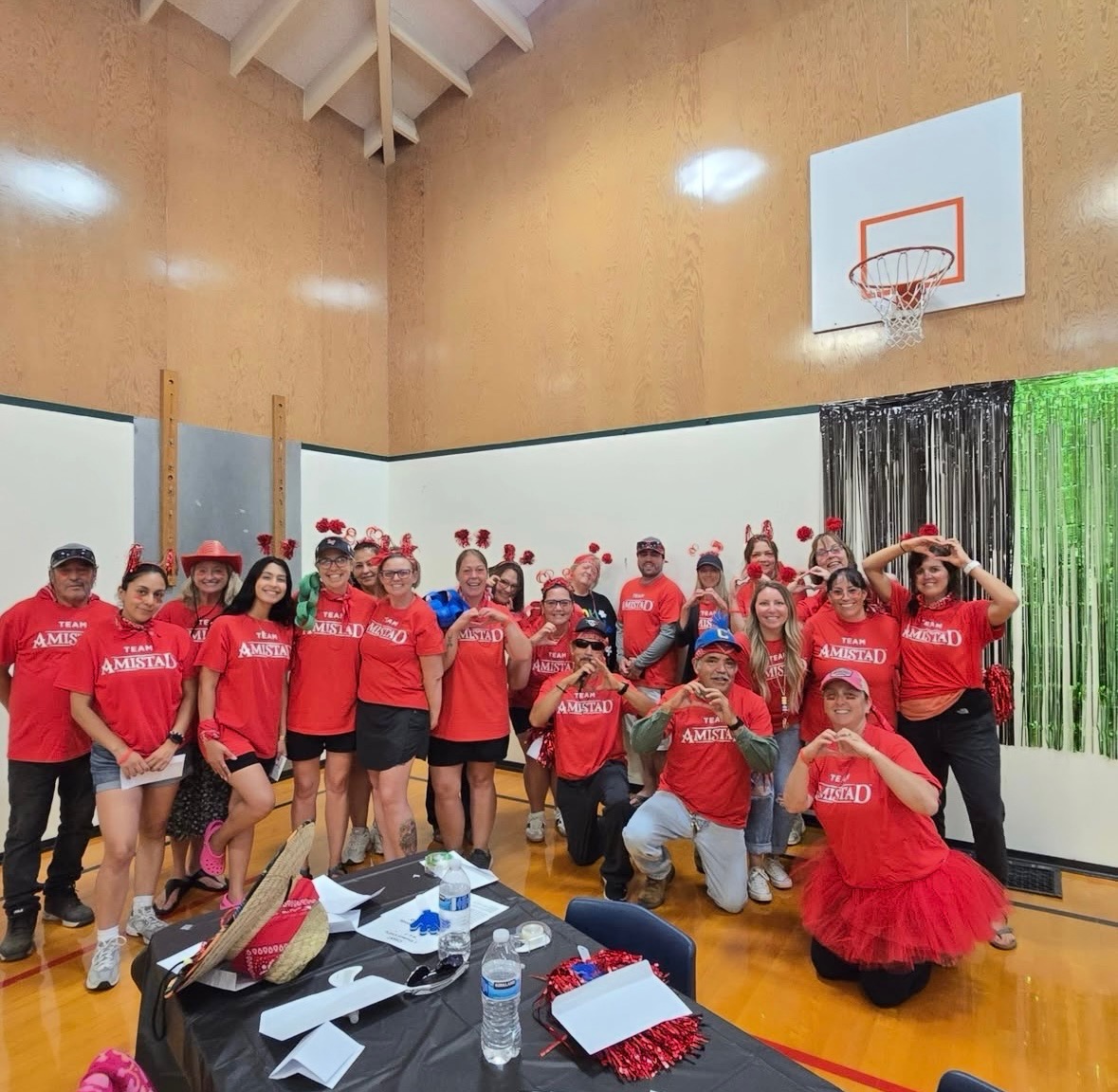
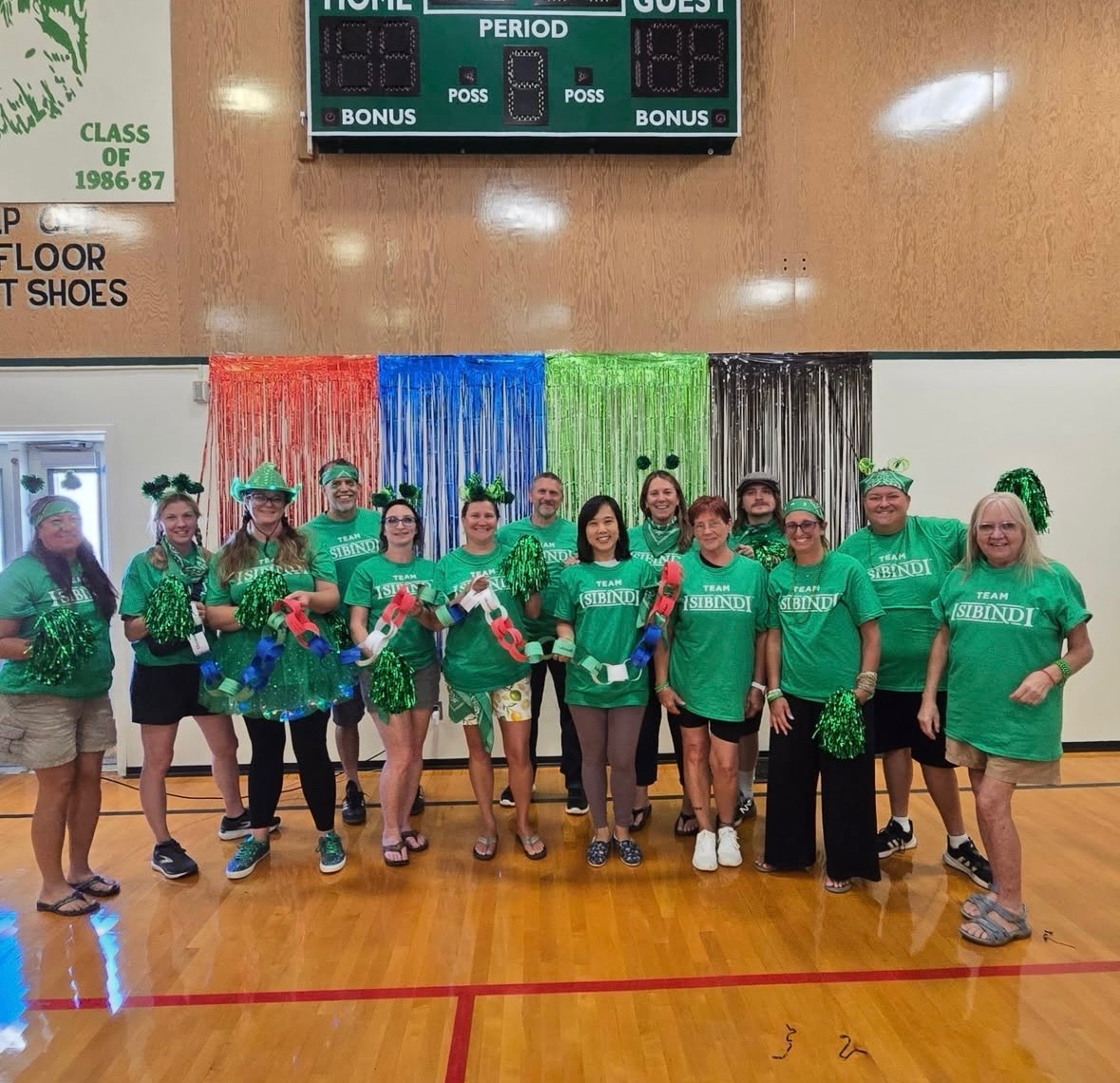
Sierra Unified Celebrates First Bond-Funded Project with Modernized Library Ribbon Cutting
From Dr. Lori Grace, Superintendent, Sierra Unified School District (Fresno County)
As students returned to campus for the start of the school year, Sierra Unified School District (SUSD) celebrated an important milestone — the completion of its first bond-funded modernization project. On August 7, the District hosted a ribbon-cutting ceremony to unveil the newly renovated Sierra High School Library, a project made possible through the voter-approved Measure U bond.
The library modernization marks the first completed project under Measure U, the District’s first-ever bond measure, passed in 2024. SUSD was fortunate to secure a sponsor who donated all of the furniture for the project. Community support for the $25 million bond is enabling Sierra Unified to make long-awaited improvements to school facilities, enhance learning environments, and invest in resources that will benefit students for years to come.
The District is also seeking to strategically leverage additional state funding for small districts through Proposition 2, ensuring every local dollar is maximized. By securing these matching dollars, and through strategic partners, Sierra Unified is able to stretch bond funds further, complete more projects, and provide even greater value to the community.
The new library is more than just a refreshed space — it represents a reimagined hub for student learning. The renovation includes updated technology, flexible seating, collaborative work areas, and improved lighting, creating an inviting environment for research, reading, and group projects. The modern design better reflects the way students learn today, offering both quiet study areas and spaces that foster collaboration.
“This project is a testament to what can be accomplished when a community comes together to invest in its schools,” said Superintendent Dr. Lori Grace. “By combining local bond funds with additional state support, we’re able to maximize every dollar and deliver facilities that truly meet the needs of our students.”
For Sierra Unified, the ribbon cutting was more than the celebration of a building — it was the celebration of a vision becoming reality. With several additional Measure U projects on the horizon, the District remains committed to seeking state partnerships and leveraging matching funds to expand the impact of every project.
As the new school year begins, the modernized library stands ready to welcome students, offering them a space designed to support their success both inside and outside the classroom.
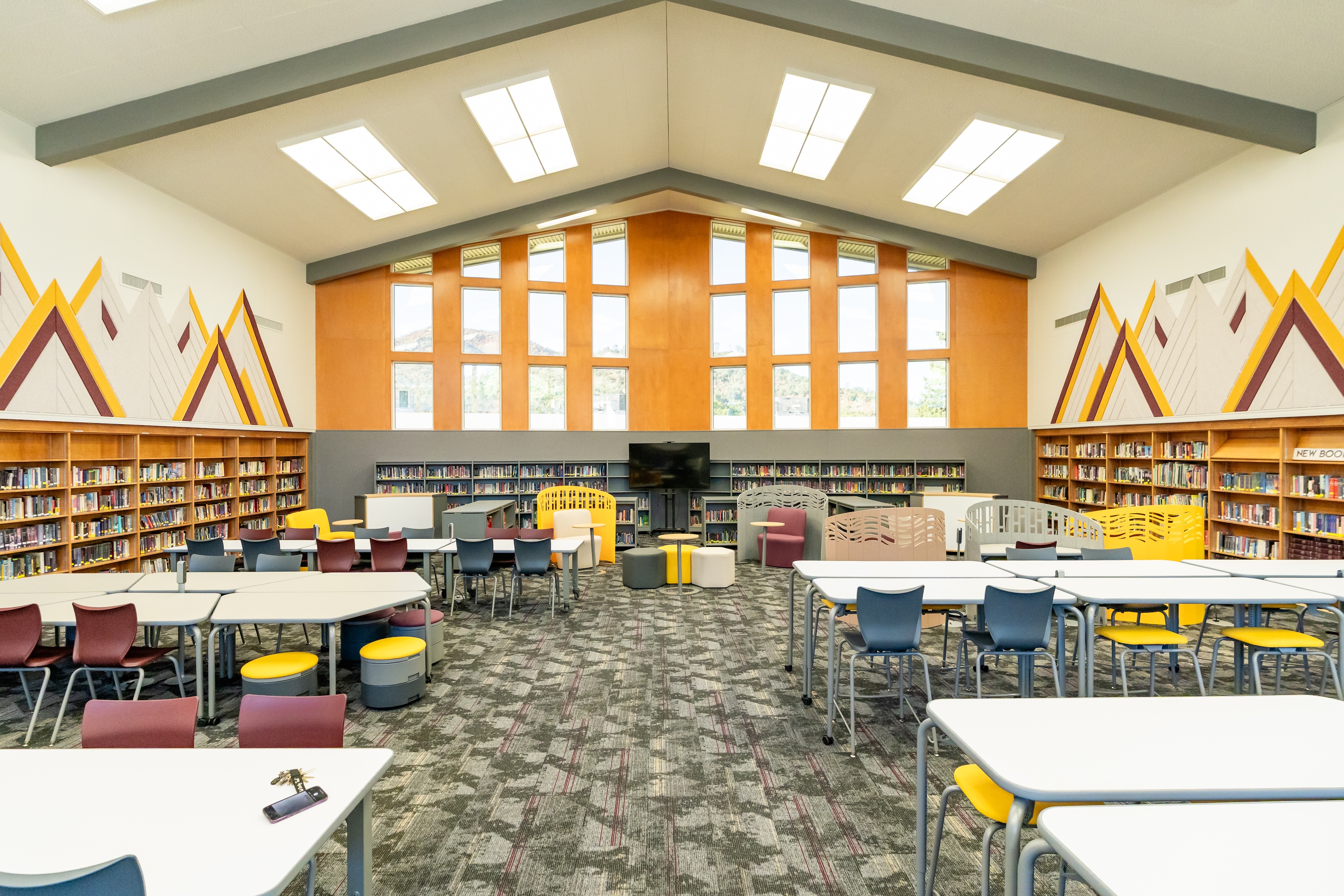
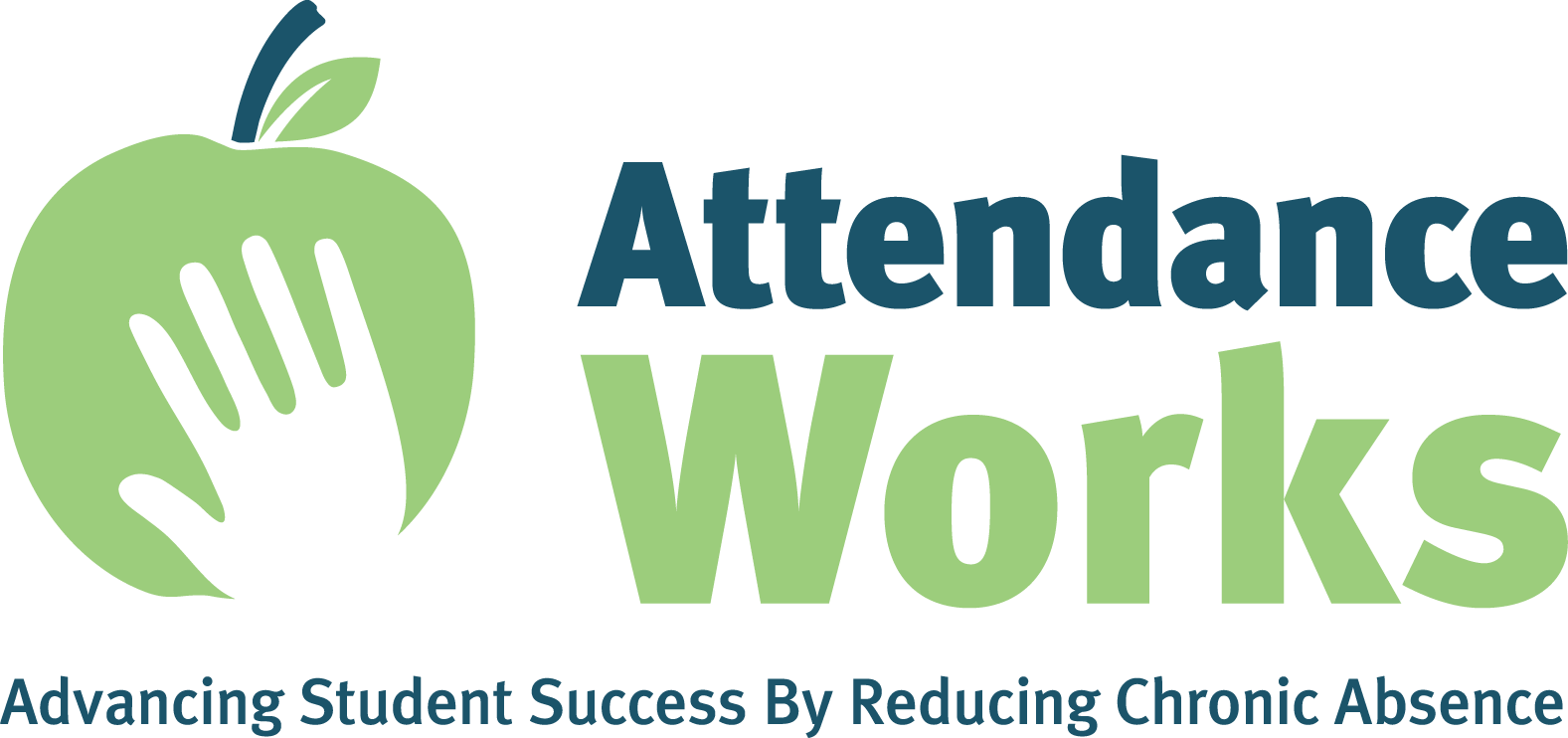
Introducing the Updated DATTs and SATTs
Are you wondering about the best ways to visualize your district’s chronic absence data? If yes, use our newly updated free quantitative data tools, designed for school districts. These tools, known as the DATTs (District Attendance Tracking Tools) and SATTs (School Attendance Tracking Tools) are self-calculating Excel spreadsheets accompanied by handbooks with guidance. School districts can paste in student attendance data and receive an analysis of chronic absence rates by school, grade and racial and ethnic breakdowns, as well as a list of absentee students. Read more to understand why these updated tools matter and how they can be used.
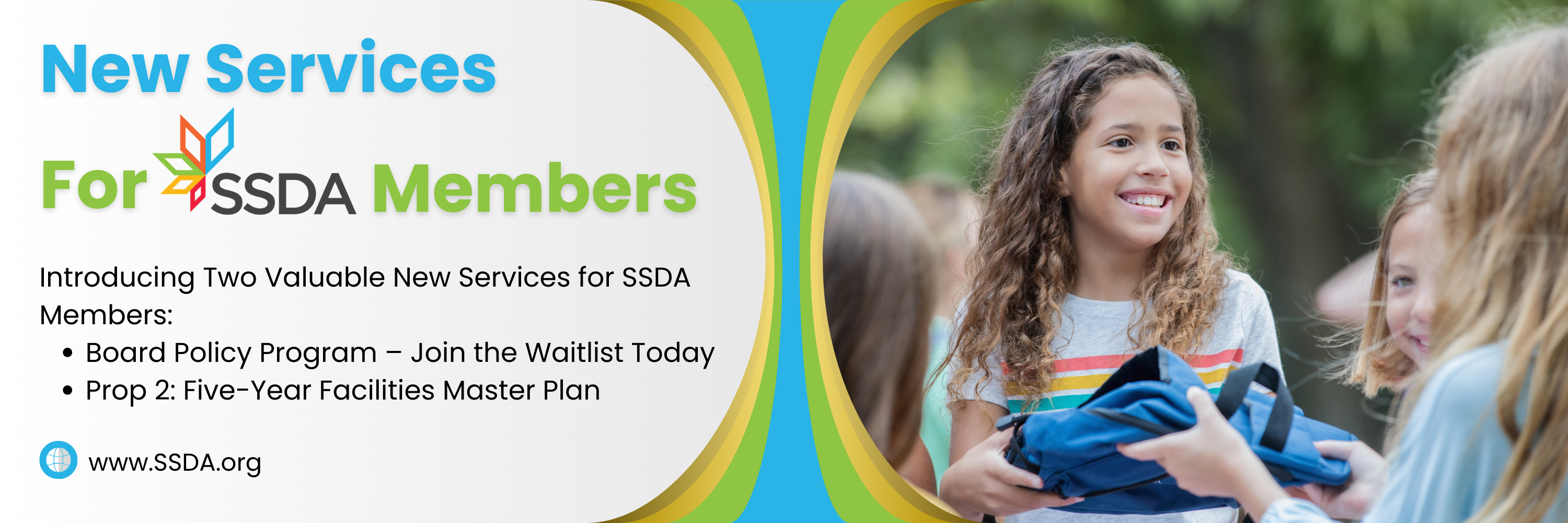
Prop 2: Five-Year Facilities Master Plan
Secure Prop 2 funding quickly and efficiently using Edapt’s AI-powered tool, now available through SSDA. This innovative solution makes drafting a Five-Year Facilities Master Plan fast, affordable, and simple.
Here’s how it works:
Spend just 30–60 minutes with an AI agent to review your facilities needs and answer site-specific questions.
Complete a follow-up interview to ensure your plan is accurate, up-to-date, and fully OPSC compliant.
Receive your first draft plan, fully editable and tailored to your district.
Take a look at this first-draft example from North Cow Creek School District, created with Edapt, to see what a plan looks like.
Pricing is based on your district’s ADA, starting at $3,500 per school site and going up to $10,000. One superintendent shared that they wished they had known about this program before spending $50,000 on one school site.
Save time and money by signing up now, ensuring your facilities are up-to-date and providing every student with the environment they need to succeed.
Watch the video below to learn more!
Board Policy Program
If you’d like to join the SSDA Board Policy Program list, please email staff@ssda.org. Enrollment is handled one at a time, in the order in which requests are received. You can view an example of the board policies here.

Don’t forget to renew your SSDA membership!
Haven’t received your invoice?
Email us right away at staff@ssda.org

By Barrett Snider, Founding Partner, Capitol Advisors
New Immigration-related Laws for Schools
Governor Newsom recently signed two important measures addressing immigration enforcement and schools. The bills are urgency statutes, taking effect immediately. Below is a description of what each new law does with a few recommendations on implementation.
Interactions with ICE on Campus (AB 49)
AB 49 tightens the rules for how schools interact with immigration enforcement. It prohibits LEA personnel from permitting anyone engaged in immigration enforcement to enter a nonpublic area of a schoolsite without a valid judicial warrant or court order, and it bars the release of student, family, or employee information to immigration authorities unless disclosure is expressly required by law. The bill also tasks the State Attorney General with updating the state’s model policy limiting assistance with immigration enforcement by December 1, 2025. LEAs must then update their local policies to align with current law by March 1, 2026, maintain them, and furnish them to CDE on request. The measure clarifies that LEAs can consult counsel and challenge warrants, subpoenas, or orders as appropriate, and it authorizes CDE monitoring/auditing of compliance.
Immediate implementation issues:
Designate point person (and an after-hours backup) for any encounter with immigration enforcement.
Pull your current board-adopted AG model policy and map the updates you’ll need once the AG issues the December 1, 2025 revisions and calendar your board’s update by the March 1, 2026 adoption deadline.
Update or formulate your front-office protocols (verification of identity, judicial-warrant review flow, no voluntary records disclosure).
Train principals, office staff, school police, and attendance/records staff – be sure to log the training.
Be sure to have legal counsel vet your warrant-verification flow and record-request responses.
Keep your AB 49 policy handy; CDE may monitor compliance.
School & campus notification when immigration enforcement is confirmed (SB 98)
SB 98 requires K–12 LEAs to fold a new notification procedure into their Comprehensive School Safety Plans (CSSP). When immigration enforcement is confirmed on a school site, the LEA must notify parents/guardians, teachers, administrators, and staff. The notice must include the date/time and location of the confirmed enforcement and a link to resources (including your LEA’s model policies), and it must not include personally identifiable information. LEAs must incorporate this protocol at the next regular safety-plan review on or before March 1, 2026, and keep it in place through January 1, 2031. Parallel provisions apply to higher-ed campuses (CCC, CSU, Cal-Grant-eligible privates), and K–12 LEAs may adopt stronger protections than the statutory floor.
Immediate implementation issues:
By March 1, 2026, add a notification protocol to your CSSP: confirmation criteria, approval, recipients, and message templates in multiple languages.
Build a resource landing page you can link in alerts (education rights, privacy, counseling supports, etc.
Train front-office/attendance teams; prepare multilingual family notifications.
Test delivery (email/SMS/app/phone) and ensure messages avoid personally identifiable information.
These bills put California squarely on the side of keeping immigration enforcement off school campuses unless there’s clear legal authority. Supporters frame that as protecting kids and calming families, critics will call it “sanctuary schools” and may try to challenge parts of it in court. For school leaders, the politics show up at the front office where you’ll be expected to ask for warrants, limit access to nonpublic areas, and notify your community, while keeping workable relationships with local law enforcement and federal agents. Many communities can expect pressure from both directions: families wanting strong protections and some law enforcement or elected officials pushing back. The backing in Sacramento is strong, so a quick reversal is unlikely. The bigger risk is confusion and potential court challenges as folks implement these new state laws. Best advice is to establish clear policies and provide steady communication.
As we approach the conclusion of the CS4NorCal project (this September ‘25), we wanted to reassure you that our resources will still be available on the ssda.org website. Visit the CS4NorCal tab, under the Programs menu, for quick links to all our curriculum resources – which will also be shared through the SSDA monthly newsletters.
We want to SINCERELY THANK all our dedicated teachers, administrators, trainers and partners for a successful CS4NorCal program! Since 2021, this federally-funded grant has brought more computer science to six Northern California counties: serving over 100 schools (and entities) to promote equitable access to computer science (CS) education for small and rural schools. From kindergarten through commencement, CS4NorCal built capacity, partnerships and pathways to provide more CS access to these rural communities.
“We’re proud of the work we’ve done so far… and this is only the beginning.” – Yuri Calderon, SSDA Executive Director

It is finally here! After four years of iterative design and implementation, CS4NorCal's Computer Science Integration (CSI) product is available
A key CS4NorCal strategy is to integrate computer science concepts within the core curriculum. CSI is a 30-hour professional development course and 10 fully replicable lessons, with adaptable materials. Explore the resources below, including a toolkit for delivering the workshop, links to lesson plans, and an article that examines the CSI model as a case study in designing and adapting curriculum and training for a specific, high-need context.
https://www.ssda.org/page/computer-science-integration
ssda > program tab > CS4NorCal > CSI
CSI can be extended to a year-long, 54-hour professional learning experience with the addition of CS4NorCal's Implement for Impact (I4I)series.
Spotlight on Shasta County

Authored by Kathy Hamilton, Director, CS4NorCal
This brief shines a spotlight on Shasta County’s implementation of computer science (CS) pathways in partnership with the Small School Districts’ Association’s federally funded CS4NorCal project.
About This Project
Rural school districts in California face challenges that urban and suburban areas cannot imagine. Limited tax bases, vast geographic areas, and higher costs of service delivery mean these districts operate on razor-thin budgets even in the best of times. One result is that these districts and their students lack access to computer science education.
CS4NorCal, a professional learning and research project serving over 100 schools in Glenn, Lassen, Modoc, Plumas, Shasta and Siskiyou counties, promotes equitable access to computer science education for small and rural schools in Northern California. The project, started in June 2021, brings resources and builds capacity and partnerships to create opportunities to establish CS pathways in similar districts throughout the state. It is sponsored by the Small School Districts’ Association and funded by a $4 million federal grant.
Shasta County, one of California’s original counties, was home to nearly 500 indigenous tribe who established flourishing communities along the Sacramento River and a robust trading system. The Gold Rush of 1848-1849 brought a large influx of settlers who engaged in vigilante and state-sanctioned clashes with the tribes. The logging, farming and mining industries played significant roles in the county’s development along with the arrival of the Central Pacific Railroad in 1868.
The county encompasses the northern reaches of the Sacramento Valley and parts of the Cascade Range and, with 182,155 residents, is the most populous in northern California. The county seat, Redding, is a regional urban center, but much of the county remains rural and remote, surrounded by mountains to the north, west and east. Much of the county is dedicated to agriculture, natural parks, forests and recreational areas. Shasta Lake, in the central part of the county, is the largest reservoir in California and the source of water for agriculture and municipal use throughout the state’s massive Central Valley. Economic and workforce drivers in
the county include health care and social assistance, retail, public administration and industries that support tourism, particularly outdoor activities such as hiking, fishing, and boating. Shasta is a stronghold of the revived Jefferson State proposal for parts of Northern California and Southern Oregon to form a new state.
Rural Innovation: Growing Computer Science in Northern California
Check out these inspiring rural success stories of Plumas, Glenn, Lassen, and Modoc County and how they are leading the way in bringing computer science to their students—thanks to the incredible support from CS4NorCal.
This video highlights how Glenn County started and grew their CS pathways. Showing how computer science can take root… even in the most rural corners of California.
This video highlights how Lassen County Educators are not just teaching CS—they’re helping students see a real career path.
COMPUTER SCIENCE RESOURCES FOR ALL SSDA MEMBERS
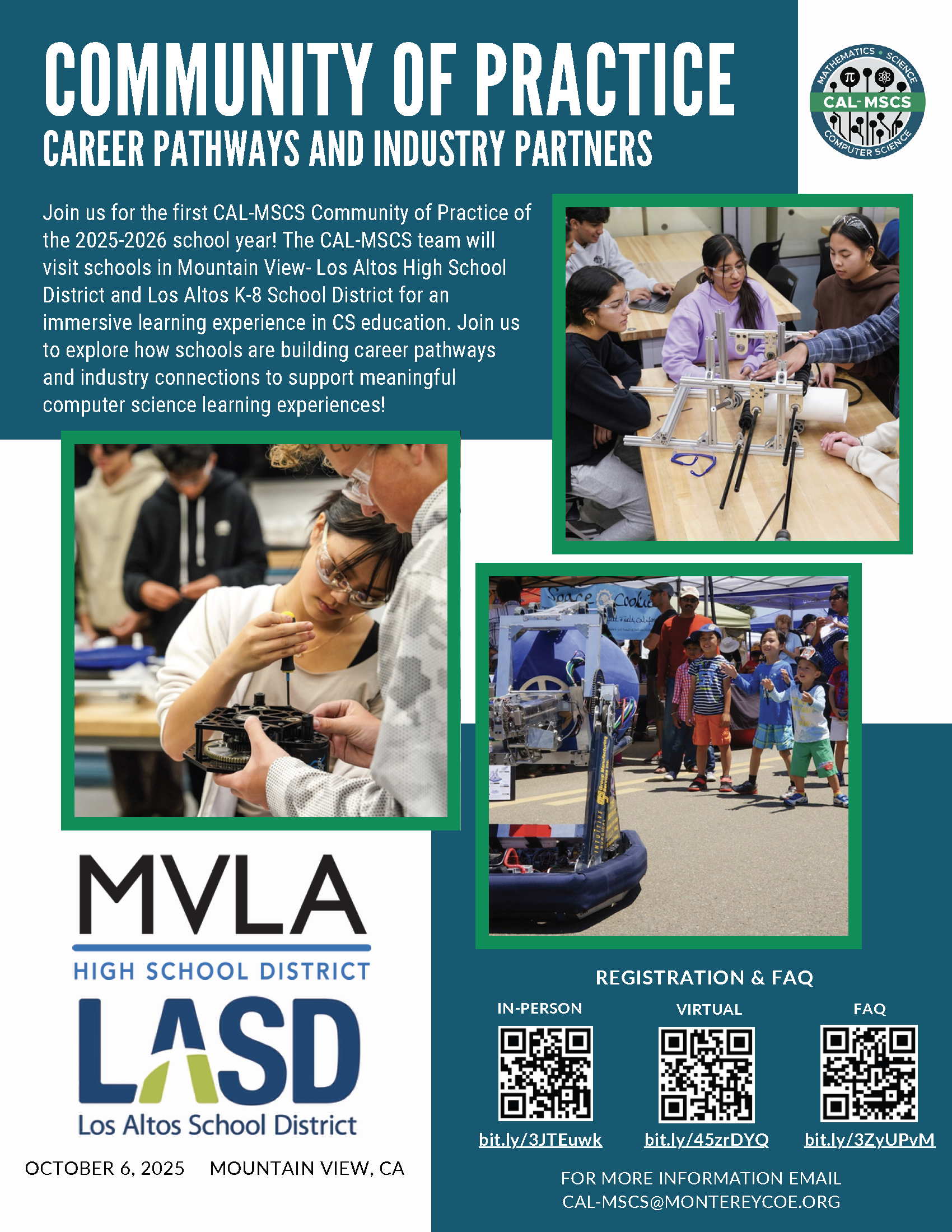
Are you looking for your next opportunity in education or trying to find the perfect candidate for your small school district?
The SSDA Job Board is your go-to hub for job postings across California’s small and rural school districts!
Explore job openings or post a position here: https://www.ssda.org/page/jobs
Chief Business Officer - Twin Hills School District
Twin Hills Union School District, located in West Sonoma County, serves about 1,000 students across four schools, including three thriving charter schools. With a $19 million budget, healthy reserves, and more than 140 dedicated employees, the District combines the close-knit feel of a small community with the scope and complexity of a larger system. As both a traditional district and a charter authorizer, Twin Hills provides a unique opportunity to lead business operations across a diverse and vibrant portfolio of schools. We are seeking a Chief Business Official (CBO), formally designated by the Board of Trustees as senior management of the classified service. The CBO serves as the District’s fiscal advisor to the Superintendent and holds a unique leadership role with executive-level responsibility for all business services. Current initiatives include preparing for facilities and modernization projects, with preliminary planning efforts underway to ensure our campuses are ready to continue supporting high-quality teaching and learning. We are proud of our strong and growing community partnerships, innovative programs, and our commitment to academic excellence and lasting student success.
Application deadline: November 3, 2025, by 5 PM Pacific Time
Thank you, Signature Partners!
Visit Veregy!
Get Social with SSDA!
This message was sent to you by the Small School Districts' Association
925 L Street, Suite 1185, Sacramento, CA 95814
916-750-0722, ssda.org


